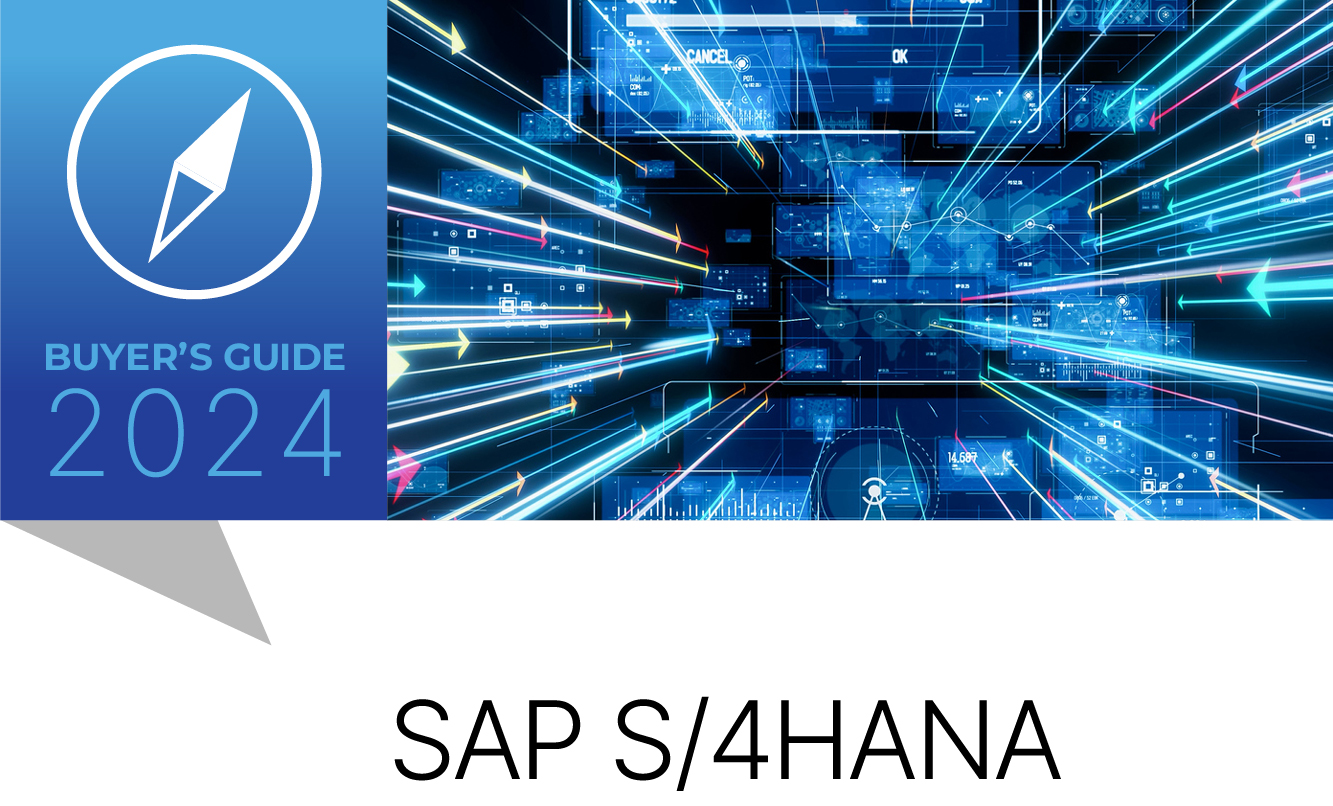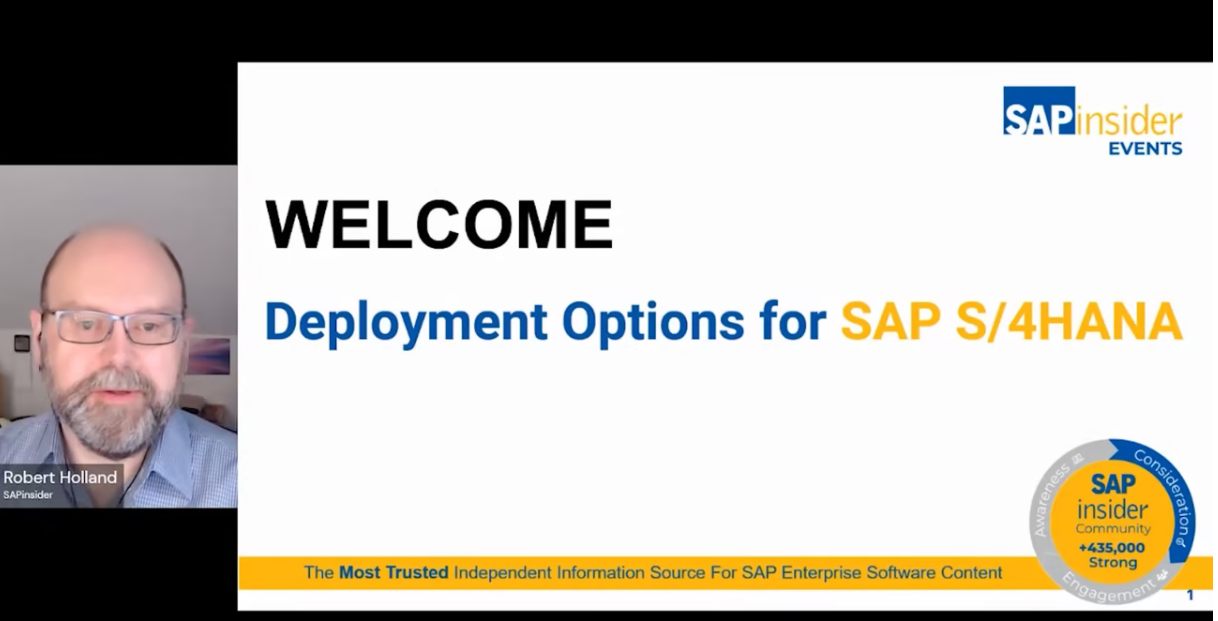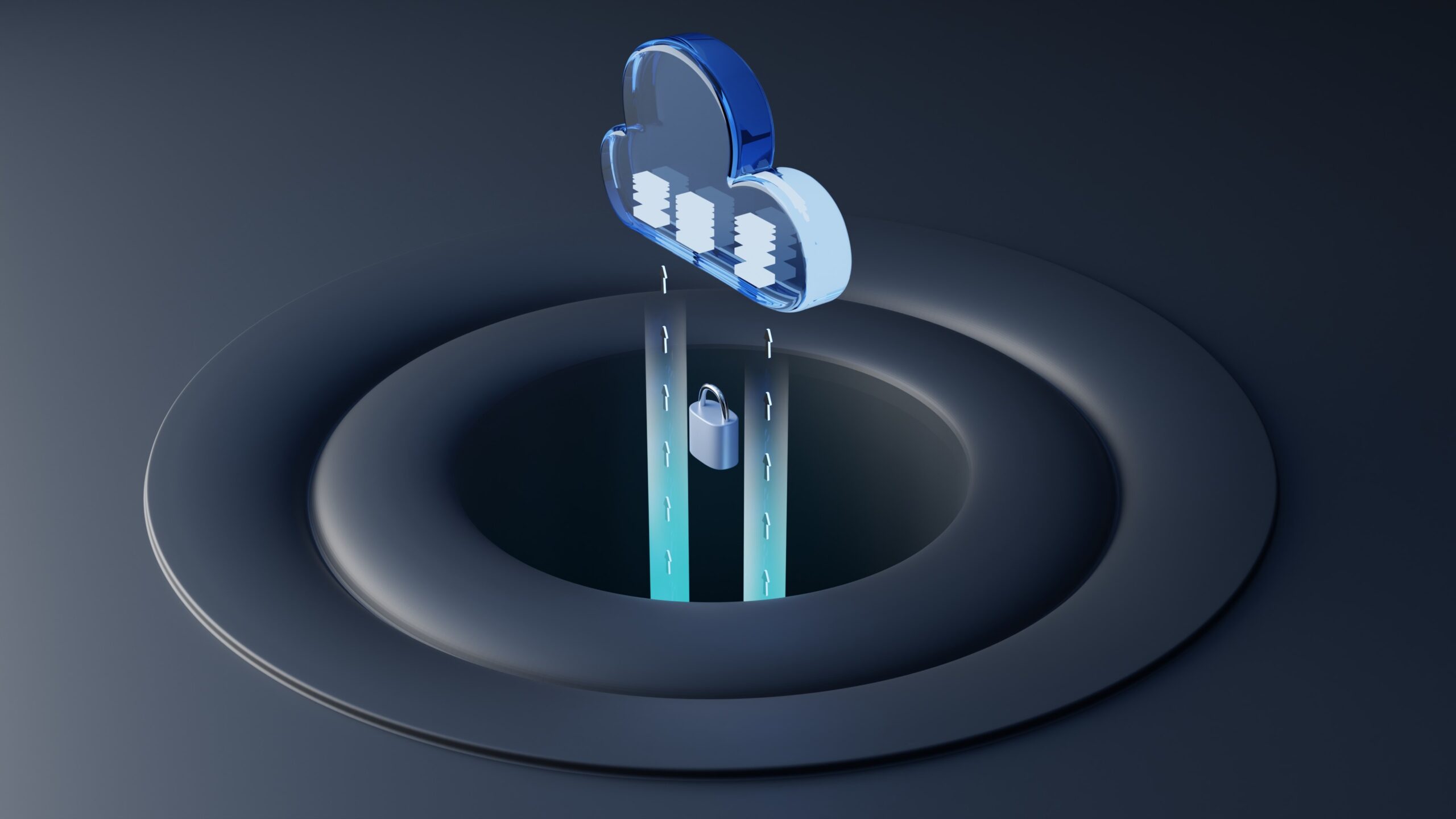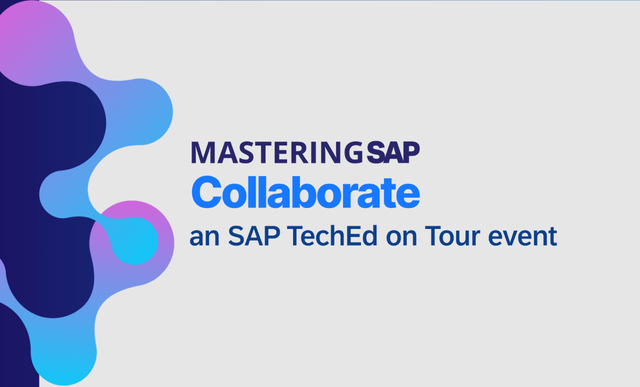How Rust-Oleum Modernized SAP Warehouse Management with Neptune
Meet the Authors
Key Takeaways
Rust-Oleum successfully modernized its warehouse management system by using a low-code platform, allowing existing ABAP developers to create intuitive mobile applications without needing new hires.
The company achieved rapid application development, creating its first solution in just four weeks, showcasing the agile potential of low-code platforms in modernization projects.
Organizations can enhance user experience without replacing their core SAP systems by building a modern interface layer that interacts seamlessly with existing back-end logic, reducing risks and preserving investments.
Global coatings giant Rust-Oleum faced a challenge familiar to many warehouse operators worldwide. Outdated paper processes at the company’s warehouse created potential errors, slowed transactions, increased costs, and frustrated the warehouse team.
Moreover, the company’s warehouse management system (WMS), a key link in its supply chain, was running on an outdated, unsupported platform. While Rust-Oleum’s core SAP ECC system was the bedrock of stability, its user-facing tools were clunky, non-intuitive, and a significant roadblock to efficiency. Training was a challenge, and adapting to new processes proved to be difficult.
As a result, Rust-Oleum was faced with two options: either endure the pain or face a costly rip-and-replace project. However, it chose a third path.
Explore related questions
A Layered Approach
The company decided to modernize its user experience platform by layering it on top of its existing SAP core using Neptune Software’s low-code platform, Neptune DXP. By upgrading with Neptune DXP, Rust-Oleum aimed to provide its over 200 warehouse users with a modern, app-like experience on Zebra touchscreen devices. Additionally, it chose the platform because the company wanted to use its existing ABAP developers and did not want a long, drawn-out development cycle.
By opting for this route, the company also ensured that its SAP S/4HANA migration pressures were reduced while safeguarding its clean core compliance. Neptune Software’s low-code platform helped Rust Oleum’s team rapidly build and deploy 18 Fiori-style applications that directly communicated with the company’s SAP back-end. The first app was up and running in only four weeks. Layering this platform on its existing system also helped the company mitigate the risks of an SAP Business Technology Platform (BTP) lock in.
Process Changes That Mattered
The results were transformative. Training times plummeted, and user adoption was enthusiastic because the new interface was as intuitive as any app on the team’s personal smartphone. Furthermore, inventory accuracy improved, picking and packing became faster, and the IT team evolved from gatekeepers of a legacy system to innovators.
However, the biggest transformation came in the form of the warehouses becoming 100% paperless. “Neptune DX Platform helped give us a uniform user interface and completely eliminated paper on the floor,” said Harish Jadav, SAP Functional/Application Consultant for Rust-Oleum. “The tile-based app makes it easy for workers to identify outstanding tasks, and after completing those tasks, to be guided to the next one. Our initial goal was achieved.”
Read the full case study here.
What This Means for SAPinsiders
Rust-Oleum’s story is a powerful blueprint for any organization feeling trapped by its legacy SAP interface. Here are three key lessons for SAPinsiders from this success story:
You can innovate with your existing ABAP team. A major takeaway from Rust-Oleum’s success is that the company did not need to hire a new army of specialized developers. The low-code nature of Neptune DXP – SAP Edition allowed its existing in-house ABAP developers to build modern, intuitive mobile applications, as Fiori apps are easy to develop with Neptune’s platform. This was a game-changer because it eliminated the skills gap, that huge barrier to modernization. Utilizing the existing ABAP team, which possesses invaluable knowledge of a company’s unique business logic, along with solutions like a low-code platform, dramatically reduces project timelines and the costs associated with hiring and training.
Speed-to-value can be measured in weeks for a modernization project. Rust-Oleum developed its first warehouse application in just four weeks. This rapid development cycle is a direct benefit of a low-code platform that abstracts away much of the underlying complexity. For SAPinsiders, this means that a modernization project can be incredibly agile and responsive to the business’s needs. Instead of a multi-year roadmap, companies can identify a critical pain point, build a solution, and deploy it to users within a single business quarter. This ability to deliver quick, tangible wins builds credibility for IT and creates momentum for broader digital transformation efforts.
Modernize the user experience without replacing the core. Organizations don’t need to embark on a risky and expensive rip-and-replace of their stable SAP ERP core to achieve a modern user experience (UX). Instead, they can successfully build a modern UX layer in conjunction with their existing SAP system. This approach de-risks modernization by separating the user-facing interface from the complex back-end logic. SAPinsiders can therefore target the most painful and inefficient user processes, delivering sleek, intuitive applications that improve productivity and employee satisfaction while preserving their investment in a robust SAP foundation.






